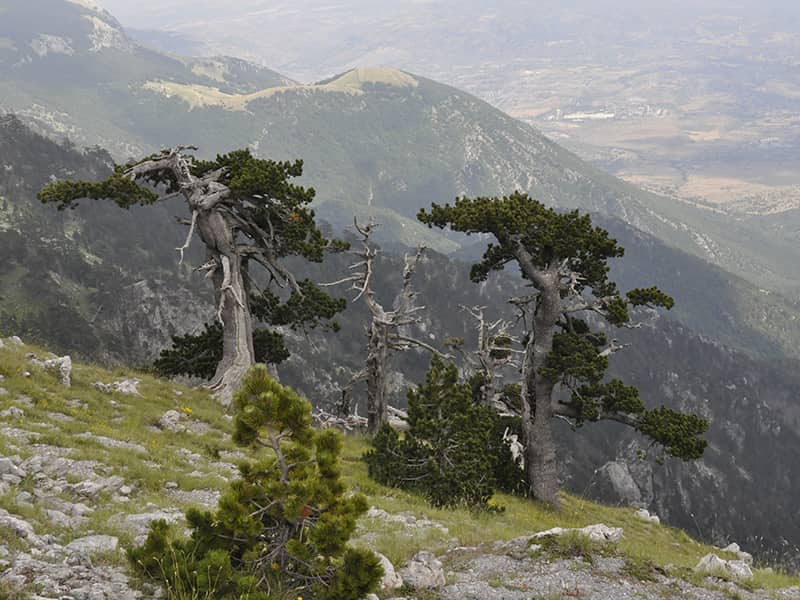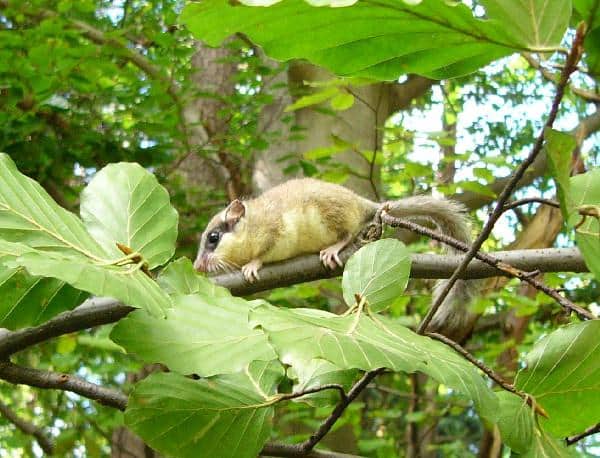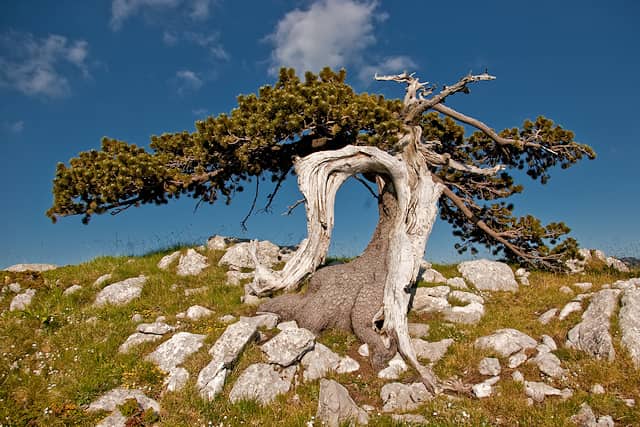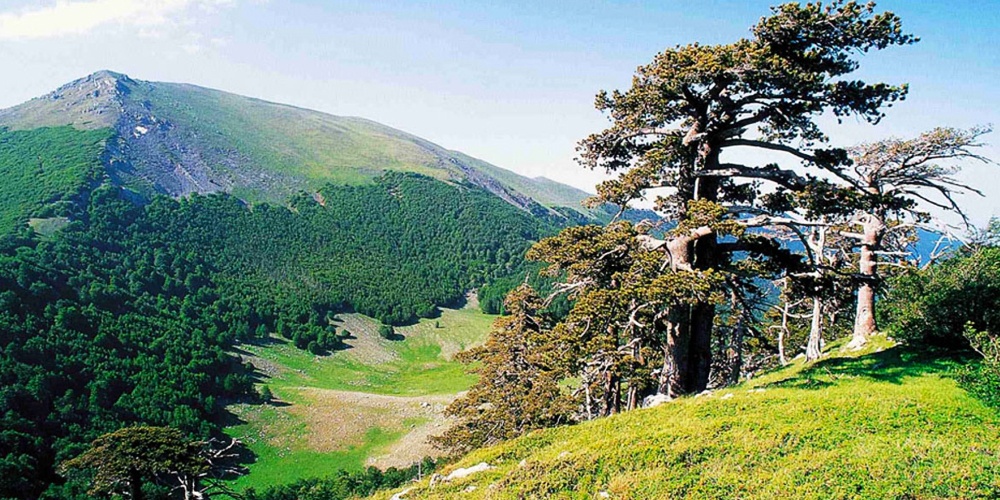The Pollino Park is today considered the largest protected area in Italy. The Park, also known as Pollino Unesco Global Geopark, is located between Basilicata and Calabria, among the provinces of Cosenza, Potenza and Matera, with its 192565 hectares - 88650 in Basilicata and 103915 in Calabria. Its name comes from the homonymous mountain massif.
About history
The Pollino Regional Park was established by L.R. n. 3/19/1986. In 1958, however, a "Draft law for the valorisation of Pollino" had already been submitted. The provisional perimeter is dated 1990, as well as the safeguard measures. Between the years 1993 and 1994 the administrative and technical bodies were established: presidency, board of directors and management; the seat of the management company is located in Rotonda (PZ).
Mountains and rivers

The highest peaks of the Park are: Serra Dolcedorme (2267 mt.), Mount Pollino (2248 mt.), Serra del Prete (2181 mt.) Serra del Ciavole (2127 mt.) and Serra di Crispo (2053 mt.).
The main rivers crossing the Pollino National Park are: Sinni (97 km.), Lao (64 km.), Coscile (49 km.), Esaro (44 km.), Sarmento (36 km.), Abatemarco (20 km.).
The fauna of Parco del Pollino

The territory is populated by a diversified fauna. Here a short list of animals you can meet in the Park: wolves, roe deers, otters, foxes, hedgehogs, hares, weasels, dormice, together with the very rare Calabrian Driomio.
There are also the following birds: the goshawk, the Biancone, the peregrine falcon, the kestrel, the brown kite, the buzzard, the sparrowhawk, the tawny owl, the barn owl, the common owl and the golden owl (Bubo bubo).
Amphibians and reptiles include the Spotted Salamander, the Salamandrina Tergidata, the Yellow-bellied Uluone (also known as the Bombina variegata), the Blaccus, the Matterhorn, the Leopard Coluber, the Natrice dal Collare and the Ramarro.
Plants and herbs

The vegetation in the Pollino Park is also extremely various. Here a few examples of the plants visitors can admire: laurel, female cistus, arbutus, heather, phillyrea, lentisk, myrtle and rosemary.
There are also oak, chestnut, maple and hornbeam trees.
Then we have the Loricato Pine, which is the symbol of the Park, as well as the most important species of Pollino. The Loricato Pine lives above the vegetation zone, has a very slow growth and is suitable for any climatic condition. Its bark is characterized by large ash-grey plates of polygonal shape that almost resembles a shell, therefore the name "Loricato".
Excursions
The Pollino Park also organizes excursions, with possibility to choose a variety of paths. Here several combinations:
1. 1) Fosso Jannace (1200 mt.) - Piano Iannace (1640 mt.) - Sorgente Pittaccurc - Serra di Crispo (2050 mt.) - Piano Jannace - Santuario della Madonna del Pollino (1537 mt.);
2. 2) Colle Impiso (1573 mt.) - Plans of Vacquarro - Source Spezzavummula - Colle Gaudolino (1678 mt.) - Mount Pollino (2248 mt.);
3. 3) Piano Ruggio (1550 mt. Slm) - Belvedere del Malvento - Colle dell'Impiso;
4. 4) Serra Dolcedorme, the highest peak of the Southern Apennines;
5. 5) Cristo la Selva.
How to reach the Pollino National Park
By car
You have to reach and drive along the motorway Salerno-Reggio Calabria and exit at the junction for Lauria Sud, Laino or Campotenese and continue to Rotonda.
By bus and train
Travelling on the bus you can take advantage of the numerous bus lines that stop a short distance from Rotonda, while for those who travelling by train, you should know the nearest railway station is Sapri (SA).
About the author
Written on 27/05/2020



Chiara Spaziano
The Pollino Park: the largest protected area in Italy with its natural beauty and the variegated fauna it hosts.